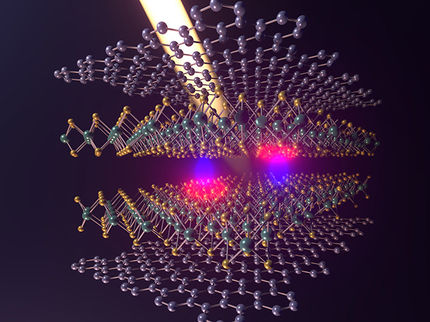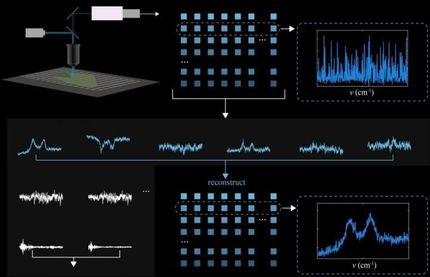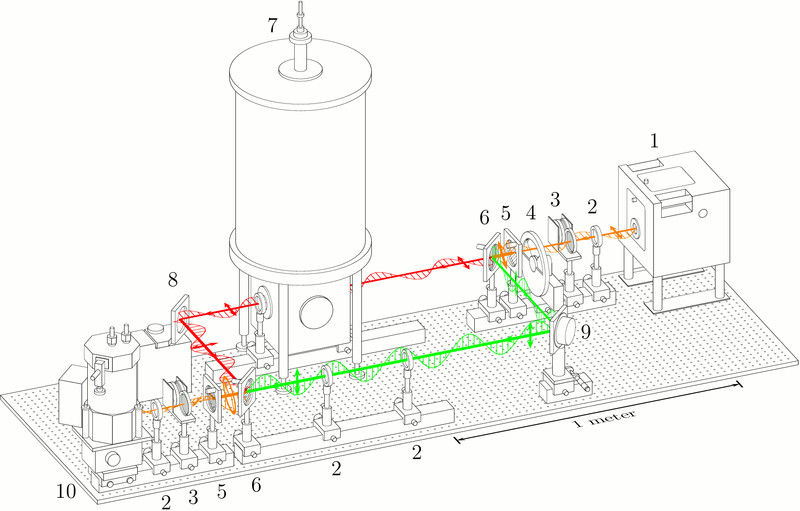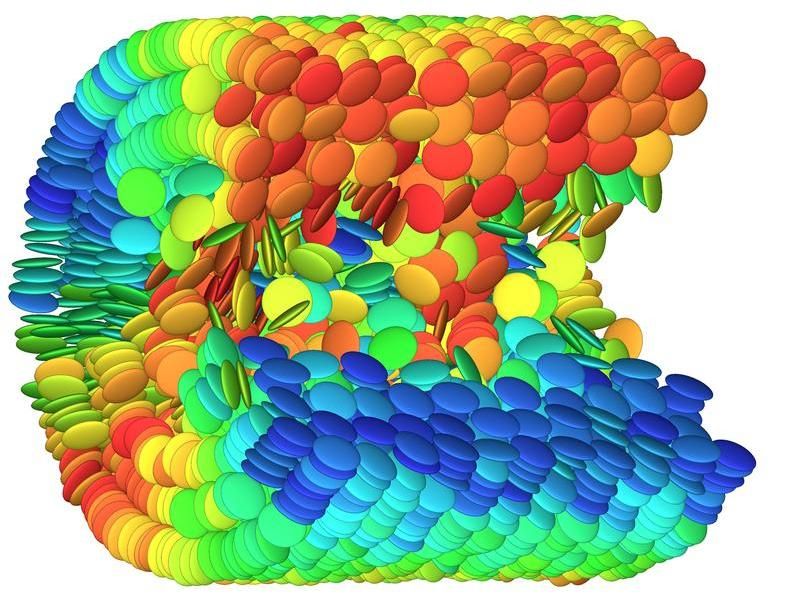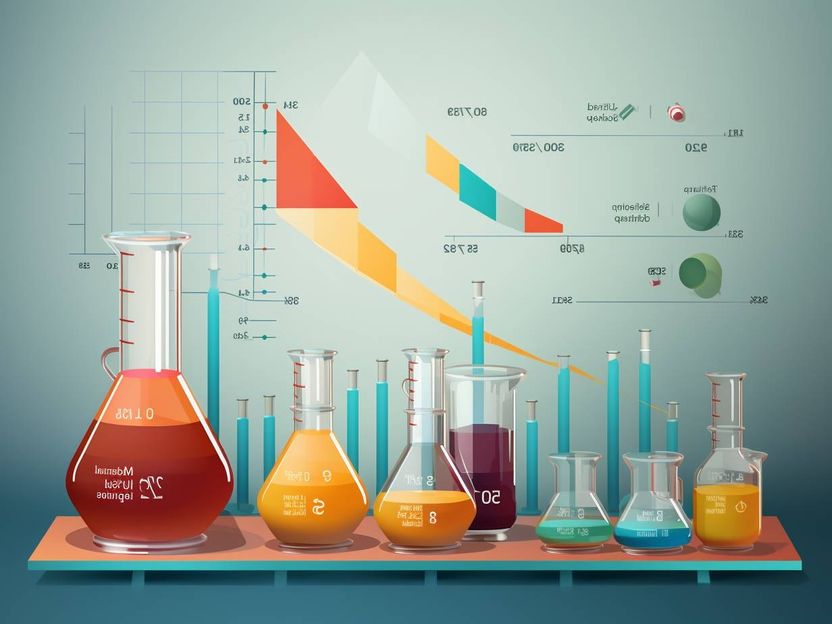European project investigates sustainability of the material of the future graphene
New characterisation methods to enable an accurate assessment and prediction of the effects on humans and the environment
A new EU research project in which the Bundesanstalt für Materialforschung und -prüfung (BAM) is playing a leading role is investigating the safe and sustainable use of the versatile nanomaterial graphene. BAM is developing new characterisation methods in its competence centre nano@BAM to enable an accurate assessment and prediction of the effects on humans and the environment.

Symbolic image
Computer-generated image
Graphene is one of the most promising nanomaterials: it is extremely thin and light, harder than steel but still flexible. It also conducts electricity and heat well, has unique optical properties and can be easily chemically modified. And its production requires less energy and resources than conventional materials such as plastic. Graphene thus has the potential to be used in many high technologies - from photovoltaics to lightweight construction to medical technology.
As with any new material, however, the question arises as to whether there are risks associated with the use of graphene. So far, little research has been done on the effects of the nanomaterial on ecosystems and humans. In order to assess potential hazards, a precise understanding of the material, its properties and its behaviour is necessary. But there is a lack of standardised measurement methods that would enable a better understanding of the material at the nano level. However, this is the only way to guarantee safe and sustainable use.
"Having trust in the quality and safety of nanomaterials such as graphene also plays a decisive role in their economic success," explains Dan Hodoroaba from the nano@BAM competence centre. "With our research at BAM, we want to contribute to the development of globally harmonised quality standards for 2D materials, which include graphene. Building upon this work, legal frameworks can be created that will ultimately facilitate trade."
In the ACCORDs project, the effects of graphene materials on the environment and health are being investigated for the first time. The recyclability will also be assessed. The research at BAM focuses on methods that reliably determine the shape, size and chemical composition of the graphene particles. Only then can it be determined how safe and sustainable their use in products is.
The project also aims to develop globally recognised measurement protocols and make them available to industry. They will also form the basis for the future regulation of 2D materials by legislators and thus for the safe and sustainable use of this new class of materials.
In addition to BAM, the University of Ljubljana, the University of Turin, North-West University in South Africa, Wageningen University, Fundacion IDONIAL, Edelweiss Connect GmbH, the University of Birmingham, the University of Oxford and Haydale Ltd are involved.
First results are expected at the end of the year.
Other news from the department science
Most read news
More news from our other portals
See the theme worlds for related content
Topic World Particle Analysis
Particle analysis methods allow us to study tiny particles in various materials and reveal their properties. Whether in environmental monitoring, nanotechnology or the pharmaceutical industry, particle analysis gives us a glimpse into a hidden world where we can decipher the composition, size and shape of particles. Experience the fascinating world of particle analysis!

Topic World Particle Analysis
Particle analysis methods allow us to study tiny particles in various materials and reveal their properties. Whether in environmental monitoring, nanotechnology or the pharmaceutical industry, particle analysis gives us a glimpse into a hidden world where we can decipher the composition, size and shape of particles. Experience the fascinating world of particle analysis!
